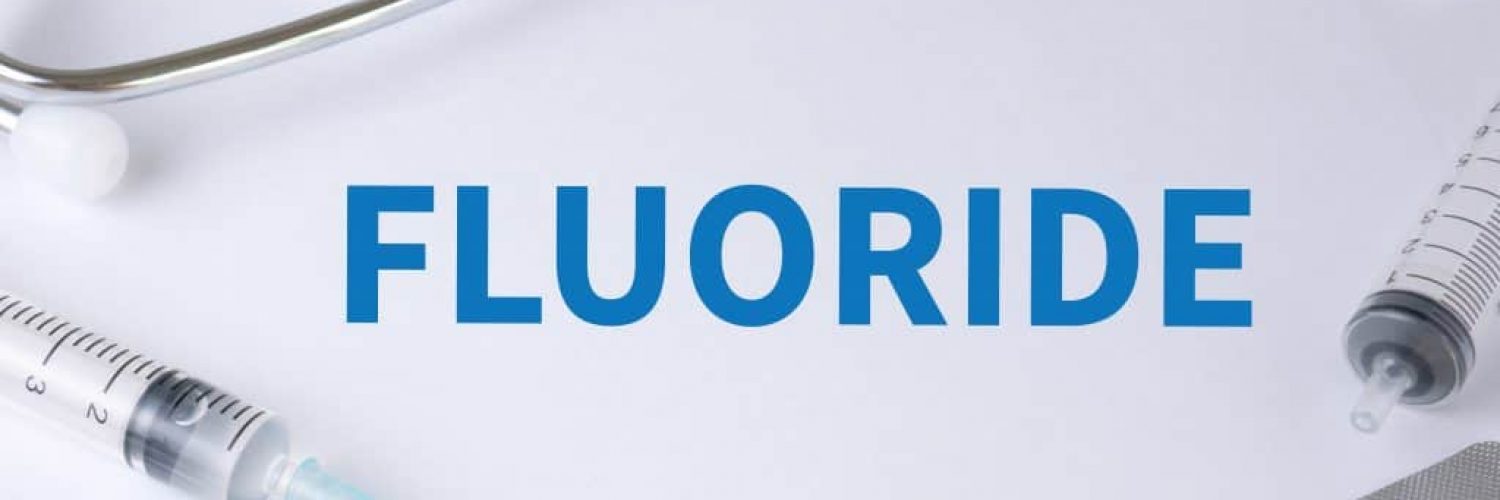In 2012, national expenditure for dental services reached an all time high of $111 billion. Even so, too many children and adults still go without measures needed for n preventing oral and dental diseases. For example, over 100 million Americans still do not have access to water that contains enough fluoride to protect their teeth.
Extensive scientific evidence conclusively shows that water fluoridation and fluoride toothpastes substantially reduce dental caries, tooth decay, and are cost-effective. In fact, the Centers for Disease Control and Prevention has named water fluoridation as one of the ten most important public health measures of the 20th century.
While fluoride is firmly established as an integral part of oral health, its role in public health still remains shrouded in some controversy.
A key ingredient to proper oral health is fluoride. When used properly, fluoride provides your enamel with the ultimate protection. Fluoride is a mineral that is found naturally in foods and water supplies, but it is also produced synthetically to be added to products like toothpaste to benefit your oral hygiene routine.
Fluoride enters your system in two ways: topically and systemically.
Systemic Fluoride
Like the name suggests, this is when fluoride enters your system through food and water. The mineral is found naturally in several foods and even in water. It is also added to public water supplies to provide you will the best protection possible. Fluoride starts protecting the teeth before they even emerge from the gum line. Just one more reason a proper diet can save the health of your teeth.
Topical Fluoride
Fluoride also provides excellent protection when applied directly to the tooth’s enamel. You can achieve this protection by using fluoride toothpastes, mouthwash, and fluoride treatments applied by a dentist.
There are plenty of great ways to get a healthy dose of fluoride. But we all know that it is possible to have too much of a good thing. Especially when it comes to children, overuse of fluoride can be a real scare. Here are a few things you should know about getting an appropriate amount of fluoride in your life.
- Check with your dentist first and always: before adding an extra dose of fluoride to your oral hygiene routine, consult your dentist. It is best to know which products are safest and just how much is too much.
- Water supplies are safe: fluoride is added to water supplies and you can rest assured knowing that a lot of research and regulation goes into making sure the supplies are safe, safe, safe.
- Toothpastes & Mouthwash: most toothpastes have fluoride to give your enamel that extra boost of protection. These products are perfectly safe to use unless your dentist says otherwise. Kid’s toothpastes can also be infused with fluoride but make sure you have an okay from the dentist before you choose your child’s toothpaste.
- Dental Diet: for a healthy and safe dose of fluoride, simply increase fluoride in your diet. Foods high in folic acid are a great way to start.
- Supplements: if you really need a boost of fluoride for your oral health, there are supplements available. Talk to your dentist if you think you might be needing that extra boost.
Is Fluoride Really Safe?
What really determines whether fluoride is safe is the amount that is swallowed. Topical fluorides, as in toothpaste, can have a systemic effect if inadvertently swallowed by young children. Be careful while using toothpaste for little children, dispensing a pea-sized amount of toothpaste with supervised brushing is the safest approach to preventing dental fluorosis.
Dr. Steven Levy, an eminent fluoride researcher noted that, “A level of 0.05-0.07 milligrams of fluoride per kilogram body weight per day, is generally thought to be optimal.” This translates to roughly as little as a tenth the weight of a grain of salt for every two pounds.
In reality the optimal level is virtually impossible to calculate because of variations in fluoride levels in all sorts of foods and beverages. For example, it cannot be assumed that a person living in a non-fluoridated water community is receiving low levels of fluoride since fluoride is also ingested from drinking substantial amounts of soft drinks or juices. Breast milk and cow’s milk are very low in fluoride, however in the 1970s some infant formulas were found to have high fluoride content. U.S. manufacturers reduced levels of fluoride in formula by the 1980s and lower concentrations still were documented in the 1990s. Other foods that have high fluoride content are teas, dry infant cereals, processed chicken, fish, and seafood products.
Fluoride And Aesthetics
Is mild fluorosis an acceptable tradeoff for a substantial reduction in caries? This is an important question in today’s world where aesthetics is becoming more and more important. Fluorosis varies in appearance from small white striations to stained pitting and severe brown mottling of enamel.
The level of fluoride intake during the first three years of life is believed to be most critical for the development of fluorosis of the upper front teeth. The risk of dental fluorosis is limited to children 6-8 years of age or younger, and it is critical for parents to monitor fluoride sources during this time. Older children, adolescents and adults are not susceptible to dental fluorosis.
The main documented risk factors for fluorosis are above optimal fluoride in: water; infant formula reconstituted with (fluoridated) water, supplements and dentifrices.
Why The Controversy?
In addition to fluorosis and mottling of tooth enamel, most of the arguments against fluoride, particularly water fluoridation are “rights arguments” premised on opposition to government’s interference with individual rights. Those who argue against it cite risks such as dental fluorosis, skeletal fluorosis, bone fractures, cancers, birth defects, effects on thyroid/kidney function, low IQ, and even Alzheimer’s.
In 1986 the Environmental Protection Agency (EPA) established a maximum allowable concentration for fluoride in drinking water of 4 ppm, a guideline designed to prevent the public from being exposed to harmful levels of fluoride.
However, a 2006 National Research Council (NRC) study, commissioned by the EPA sparked the latest controversy. It found that in addition to unsightly enamel fluorosis (at 4 ppm/L and above), there is a possible increased risk of bone fracture in certain conditions, skeletal fluorosis, and potential to cause bone cancer — incidence and qualified evidence however are lacking.
As fluoride ingestion has increased, in 2015 the U.S. Public Health Service (PHS) changed the recommendation to 0.7 mg/L to optimally provide the best balance of protection from dental caries while limiting the risk of dental fluorosis.
Fluoride — Rinses, Gels, Varnishes And More
The beneficial effects of topical fluorides are based on a sizable body of knowledge. Evidence-based research involving more than 65,000 children and adolescents in over 130 controlled trials, studied over fifty years, shows that fluoride toothpastes, mouth rinses, gels, and varnishes reduce dental caries, regardless of water fluoridation or other sources of fluoride exposure.
The evidence also shows that children using another form of topical fluoride therapy with fluoride toothpaste gain additional reductions in dental decay. Current clinical practice usually includes an additional topical fluoride modality such as fluoride mouth rinses, gels or varnishes commonly applied professionally at a dental office, for children at higher risk of developing dental caries.
The World Health Organization (WHO) continues to emphasize the effective use of fluorides for the prevention of tooth decay in the 21st century. Everyone should brush daily with fluoride toothpaste. Where the incidence and prevalence of decay is moderate to high, water fluoridation is the method of choice.

